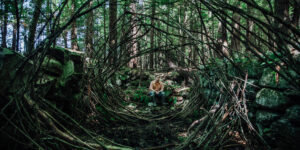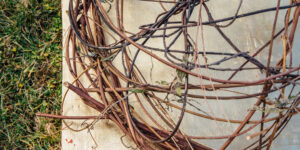I’ve been reading Shopcraft as Soulcraft by Matthew Crawford lately. It takes some time to digest. There are many great observations and ideas within it and I am often inspired to sit and think about what he has written when I am not trying to now fix things around the house as this book has inspired me to do. One line that really stands out for me follows a discourse in the chapter “To Master our Own Stuff” about advertisements that show people accessorizing objects with pre-made objects from the manufacturer – be they motorbikes or cake mixes where you “do it yourself” by adding an egg or oil to a mix. He says that “the marketers seem to grasp that it is not the product but the process that is really attractive.” If anyone is dialed into people, it’s marketing departments. Creepily so. For them to create the illusion of doing it yourself in their products there’s got to be something universally important about process and the fundamental satisfaction of mastering a skill that’s concrete – as so much of the way I know I live these days is controlled or obscured by others – ever try and jump start a Prius? This reclamation of process is made clear by the massive movements in raising food, making art and reviving artisanal industry and, I’d argue, the revolutions in the Arab World that are happening these days. Our vocabulary reflects this love of the small and involvement with the workings of our food, government and life – Authenticity, Local, Slow Food, Grassroots – these words/phrases are now so ubiquitous that their meanings are becoming hazy – as happened to “sustainable” and “organic.” As ever, I digress. I relate deeply to the importance of process – in my own art, design and life. This process piece and giving folks the tools to engage the world, when the traditional means for doing so have been dismantled, is a large part of my business/artistic vision. The projects I feel the deepest sense of connection to are those that all have underpinnings in empowering people to understand landscape process and dynamics. With that understanding they can then apply their own learning/artistic process within that ecological framework – through the plants they choose, how they adapt (to) the spaces, and how they work them into their everyday lives. It’s truly compelling to me to see how different people engage the world and to see the beauty that emerges when they do so collaboratively through a mastery of awareness and deliberate intention.
The following photos are from some of my more ephemeral process pieces while I was living in Baltimore and show some of my early attempts to engage my ecological context.
The Ice Faces are from a piece titled “Chance Mandalas” and were made from ice mixed with Lime powder to neutralize the acidity in a stream – for a short time – just behind John’s Hopkins.
The maze in the photo is from me walking barefoot to create the pattern in the snow….



